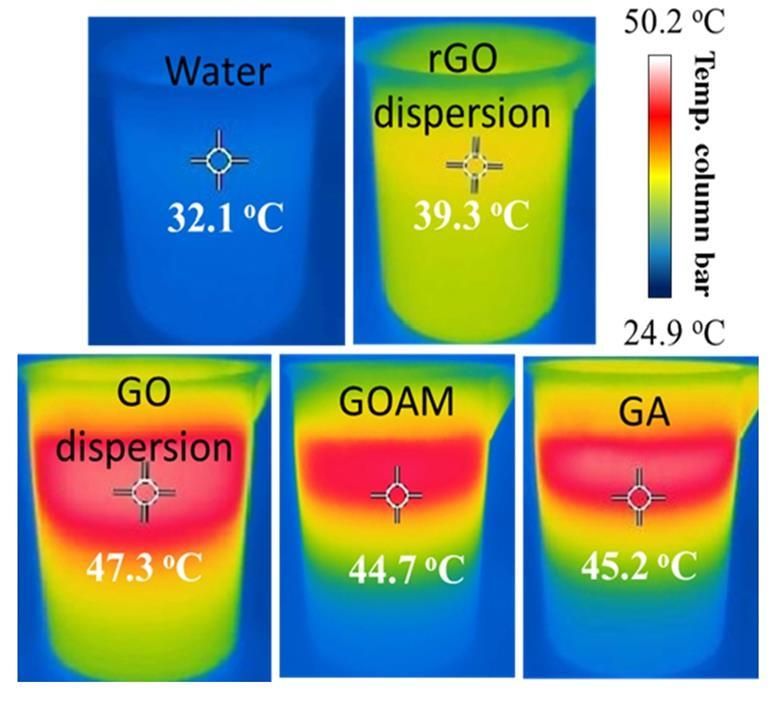Floating Graphene Cooks Up Clean Water
Published on by Water Network Research, Official research team of The Water Network in Technology
Graphene aerogel converts sunlight into heat to produce water vapour at room temperature.
A sunlight-harvesting graphene film can produce steam without boiling the water. The material, which has been made by Chinese scientists, could convert sea or wastewater into drinking water in places where fuel or access to electricity is limited.
Desalinating seawater to make drinking water usually means boiling it, and then collecting and condensing the steam. Heating water to its boiling point, however, requires a great deal of energy either in the form of fuel or electricity. There are solar stills that desalinate water using only sunlight, but they’re slow and not always efficient enough to provide sufficient drinking water for a person’s daily needs.
Xianbao Wang and colleagues from Hubei University have now made a graphene aerogel film capable of producing water vapour at room temperature using only sunlight. The aerogel floats on the surface, where it heats up only a small section of the water column, ‘while the temperature of the bulk water is far below the boiling point’, as Wang explains.

Source: American Chemical Society
The researchers tested how the addition of different materials affected the heating of water in simulated sunlight, including reduced graphene oxide (rGO), graphene oxide (GO), graphene oxide aerogel membrane (GOAM) and the graphene aerogel (GA) that performed best of all
Under simulated sunlight, the aerogel could heat up 100ml of water to 45°C – 13°C higher than water without the aerogel. The material’s porous structure pumps the generated steam away from the surface, allowing water to evaporate 13 times faster than it would without the aerogel.
While other steam-generating materials are based on expensive raw materials such as gold, the basis for Wang’s aerogel is powdered graphite – a cheap and widely available resource. ‘In the context of solar steam generation, the current work has a major contribution in fabricating an efficient sunlight absorber in a simple method, which is scalable,’ comments Satoshi Ishii, a photonics nanoengineering researcher at the National Institute for Materials Science in Japan.
Generating solar steam with the graphene aerogel could be more efficient than using electricity from a photovoltaic cell. ‘The efficiencies of commercial photovoltaic cells are 10–20%, such that the efficiencies of generating steam using photovoltaic cells cannot exceed 20%,’ explains Ishii. Wang’s floating graphene has an efficiency of 54%, reaching up to 83% under focused sunlight.
However, if the material is to be used in a desalination device, Wang’s team will need to improve the material’s toughness – it is easily broken when picked up. ‘I do not see fundamental difficulties in bringing the current technology into real-life applications, although much more feasibility studies should be done,’ adds Ishii.
Read more: Chemistry World
Attached link
https://vimeo.com/217975066Media
Taxonomy
- Treatment
- Filtration
- Technology
- Filtration Solutions
- Filtration
- Graphene
- Aerogels